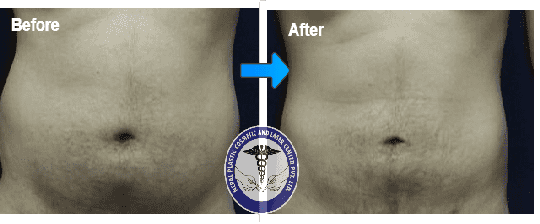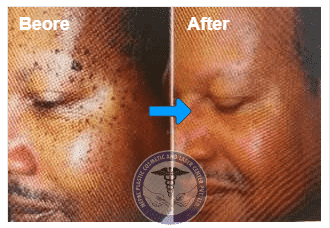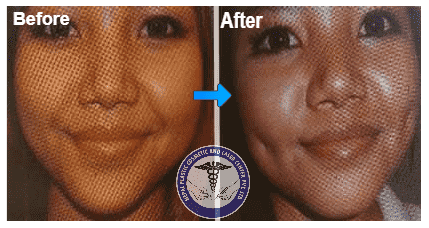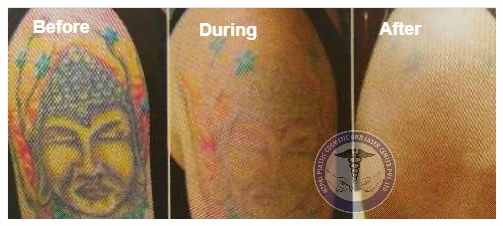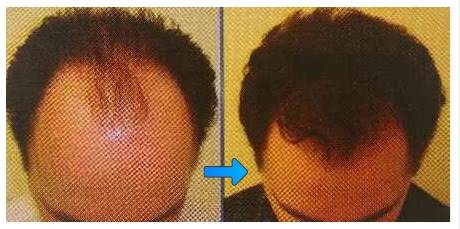Buccal Fat Removal Surgery in Kathmandu Nepal
Buccal fat removal surgery is a cosmetic procedure aimed at slimming the cheeks by removing the buccal fat pads. These pads are located in the lower part of the cheeks, near the area between the upper jaw and the cheekbones. The procedure has become increasingly popular as more individuals seek to achieve a more contoured, angular facial appearance. This surgery can provide a more defined look by reducing fullness in the face, especially in individuals who have rounder or chubbier cheeks. Below is an in-depth overview of the procedure, who it is suitable for, and the details about recovery time and surgical steps.
What is Buccal Fat Removal?
Contents
The buccal fat pads are natural fat deposits found in the face, just below the cheekbones and between the muscles that help with chewing. These fat pads vary in size from person to person, and their prominence can affect the overall facial appearance. When the buccal fat pads are removed or reduced, the result is a more sculpted, slimmer, and contoured face. The surgery is generally performed as an outpatient procedure, meaning patients typically do not need to stay overnight in the hospital.
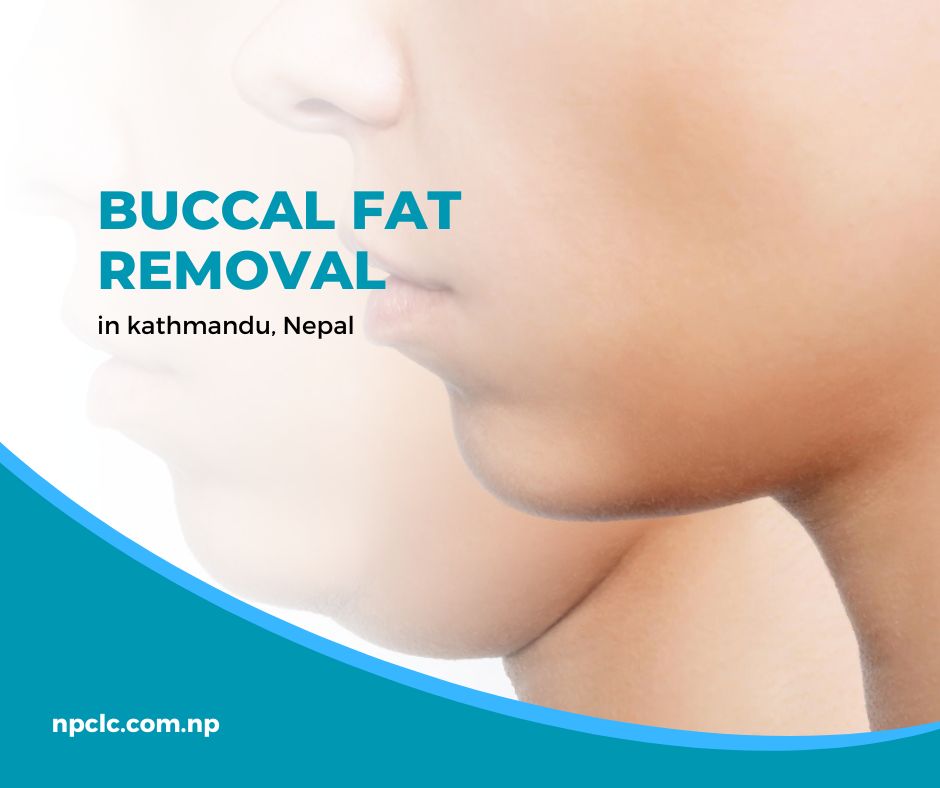
Who are Good Candidates for Buccal Fat Removal?
Buccal fat removal surgery is ideal for individuals who:
- **Have a Round or Full Face:** Candidates typically have a fuller or rounder face due to excess buccal fat. This surgery helps to create more prominent cheekbones and a slimmer appearance.
- **Are in Good Overall Health:** Good candidates should be physically healthy, without any major medical conditions that could complicate surgery or recovery, such as uncontrolled diabetes, severe heart conditions, or bleeding disorders.
- **Are Realistic About Outcomes:** Patients should have realistic expectations about the results. Buccal fat removal can slim the face, but it will not necessarily make you look significantly younger or dramatically alter other features. It’s important to have clear goals that align with the procedure’s potential results.
- **Are Over the Age of 18:** Since facial development continues throughout adolescence, it’s important for candidates to be fully developed before undergoing surgery. Generally, the ideal age for this procedure is between 20 and 40 years old.
- **Do Not Have Excess Skin or Loose Facial Skin:** People with sagging or excess skin may not benefit from buccal fat removal alone. In such cases, a facelift or other procedures may be considered alongside buccal fat removal.
### The Surgical Procedure
-
**Consultation and Planning**
Before the surgery, you’ll meet with a plastic surgeon who will evaluate your facial structure, discuss your goals, and determine if you’re a good candidate for the procedure. The surgeon will assess factors like the amount of buccal fat, the overall proportion of your face, and whether other cosmetic procedures might be beneficial. In this consultation, photographs of your face may be taken for planning purposes.
-
**Anesthesia**
The procedure typically starts with the administration of local anesthesia, which numbs the areas of the cheeks where the incisions will be made. In some cases, the surgeon may offer sedation to make the patient feel more relaxed and comfortable. General anesthesia is not typically required, as this is a minimally invasive surgery.
-
**Incision and Fat Removal**
The surgeon will make a small incision on the inside of the mouth, near the cheek, to access the buccal fat pads. This incision is made along the crease of the inside of the cheek, which means there will be no visible scarring on the outside of the face. Once the incision is made, the surgeon will gently push the buccal fat pad toward the opening and carefully remove the fat. The amount of fat removed will vary based on the patient’s specific goals and facial structure.
-
**Closure**
Once the fat pads are removed, the surgeon will close the incision with dissolvable sutures. These sutures will dissolve on their own within a few weeks and do not require removal.
-
**Recovery and Aftercare**
The recovery process generally takes a few days to a week, although full healing may take several weeks. Swelling and mild discomfort are common after the procedure. The surgeon may provide antibiotics to prevent infection and recommend over-the-counter pain relievers for any discomfort
Recovery Time and Aftercare
While buccal fat removal is considered minimally invasive, there are some aftercare steps and recovery timelines to keep in mind:
**First Few Days**
– **Swelling:** Most patients experience swelling in the cheeks and inside the mouth for the first few days after surgery. This is a normal part of the healing process.
– **Mild Pain or Discomfort:** Some pain or soreness may occur, but it can be managed with prescribed or over-the-counter pain medication.
– **Dietary Restrictions:** For the first few days, it’s advisable to eat soft, bland foods to avoid irritation to the incisions in the mouth. Hot foods and drinks should be avoided as they may irritate the healing tissues.
**One Week**
– **Follow-Up Appointment:** Patients usually return to the surgeon’s office after about a week for a follow-up. The surgeon will check for any signs of infection or complications and ensure that the incisions are healing properly.
– **Minimal Bruising:** Some bruising may still be visible but should be significantly reduced.
**Two to Four Weeks**
– **Swelling Continues to Subside:** Swelling gradually decreases, and the face will start to take on a more contoured look. Full results may not be evident at this stage, as it can take several weeks for the final results to emerge.
– **Resuming Normal Activities:** Most patients can return to work and resume regular daily activities after 1–2 weeks. However, high-intensity physical activities or vigorous exercise should be avoided until the surgeon clears you to do so, usually after around 3–4 weeks.
**Six Weeks to Several Months**
– **Final Results:** The final results of the buccal fat removal surgery will become more apparent around 6 weeks to a few months after the procedure. By this time, any remaining swelling will have gone down, and the cheeks will have a slimmer, more sculpted appearance.
– **Scar Healing:** The incisions inside the mouth will have completely healed, leaving no visible scars.
Risks and Considerations
As with any surgery, buccal fat removal does come with some risks. These include:
– **Infection:** Though rare, an infection can occur at the incision site.
– **Asymmetry:** There’s a chance that the fat removal could be uneven, leading to asymmetry in the cheeks.
– **Dry Mouth or Difficulty with Chewing:** Some patients experience mild irritation or tightness in the mouth as it heals.
– **Changes in Facial Expression:** In rare cases, excessive fat removal may lead to a hollow or gaunt look, which can make a person appear older or unnaturally thin.
Conclusion
Buccal fat removal is an effective cosmetic procedure that can significantly enhance facial contour and definition by reducing cheek fullness. It’s ideal for those with a fuller, rounder face who wish to achieve a more angular, sculpted appearance. The procedure itself is minimally invasive, with a relatively short recovery period, though it’s important to have realistic expectations and understand that the results will take time to fully manifest. If you’re considering this surgery, consult with a board-certified plastic and cosmetic surgeon who can evaluate your goals and ensure the procedure is suitable for your facial structure and overall health.


